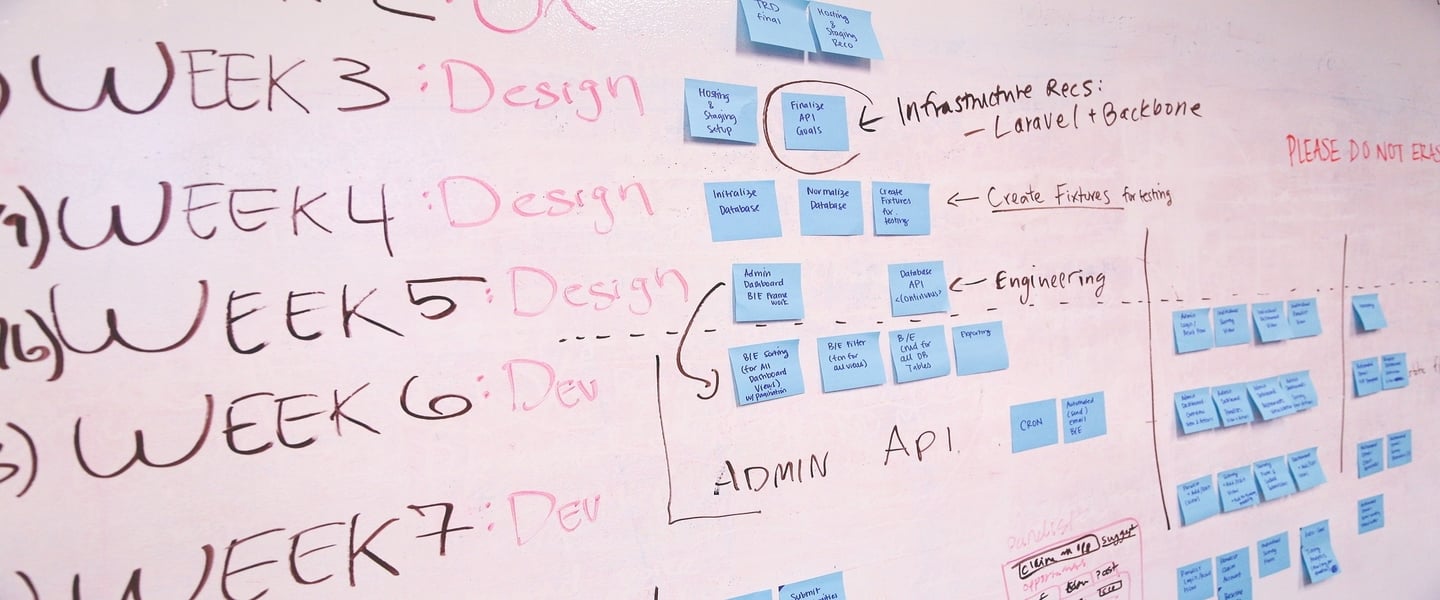
Systems development life cycle: The different stages
In business, any systems which are implemented into the operations must go through several processes before they are fully integrated into the company infrastructure. The seven stages of systems development (commonly known as the SDLC) refers to the process of taking a theoretical model of a business system and making it a fully functional protocol in a company which is used practically in business runnings.
The importance of the stages of systems development in business analysis
One of the fundamental aspects of business systems analysis is to consider the value and the efficiency of the systems within a company. This means it is important to evaluate the life cycle of the different systems in the business and analyse whether the systems are worthwhile implementing. Before any of the stages of SDLC are run in a company, it is crucial to first evaluate the benefits of the system. From there, the business systems analyst can look into conducting the first stage of the systems life cycle.
[inline_course_ad]
What are the 7 stages of the systems development life cycle?
The systems development life cycle, once a five-stage process, is now made up of seven different stages of development. These stages in order are:
1. Planning
Anyone who is involved in any stage of development will tell you that the most important systems start out with a good plan. Without a planning phase, it is difficult to have an idea of what needs to happen and when it needs to happen.
In the planning phase in systems development, the systems analyst should focus on what the system is aiming to achieve and use that information to find a way to achieve that goal. Evaluating the systems already in place is also important in this phase as there might be a pre-existing system which might offer a cheaper solution with some improvement.
The business systems analyst should also look at what resources are needed while remembering what is available, and how it can be used.
2. Requirements analysis
Before looking to launch a new system, it is important to first understand what is needed to develop the system successfully. The business systems analyst should have a good idea of what the company requires from a particular system while considering what the client needs from the company. The point of a good system is to marry the two needs at the most efficient and cost-effective manner. In the requirement analysis phase, the analyst should draw up a list of everything needed from the company to develop the best system, all the while bearing in mind what resources are actually available.
3. Designing
Once all planning and requirements are in place, the plans are handed over to the systems architect who can then start working on the design of the systems. Often the systems to be designed are based on software or IT infrastructure. This means that the systems development designers will likely be IT specialists or software developers.
4. Development
Once the fresh designs are ready, the relevant team members can start working on the development of the systems. In this phase, the blueprint of the system moves from model to practical as the developers flesh out a fully functional system.
5. Testing
At the end of the development phase, the systems might look fully operational, but it is important that they are first tested before going live. This irons out any kinks in the systems to make sure that it is working as perfectly as it should be. In the testing phase, the system should undergo critical scrutiny in different scenarios. If any bugs or issues are found, the team should set to resolve them without upsetting the rest of the system.
6. Integration and execution
The integration phase sees the first launch of the system. In the ideal situation, execution is so smooth that no effort is required when the integration happens. If it is possible, integrating a new system into a company should be automatic and streamline.
7. Operations and maintenance
Even though testing should have resolved any issues that might arise, it is still important to monitor the new system to ensure it is operating correctly. It is also important that the system undergoes frequent maintenance so that can continue to run smoothly.
From a research standpoint, it is crucial to monitor the system to gain an understanding of whether it is benefitting the business as expected and how the performance is influencing workflow. For the first few months after launching a new system, the business systems analyst should report on how it is running and the difference it is making.


